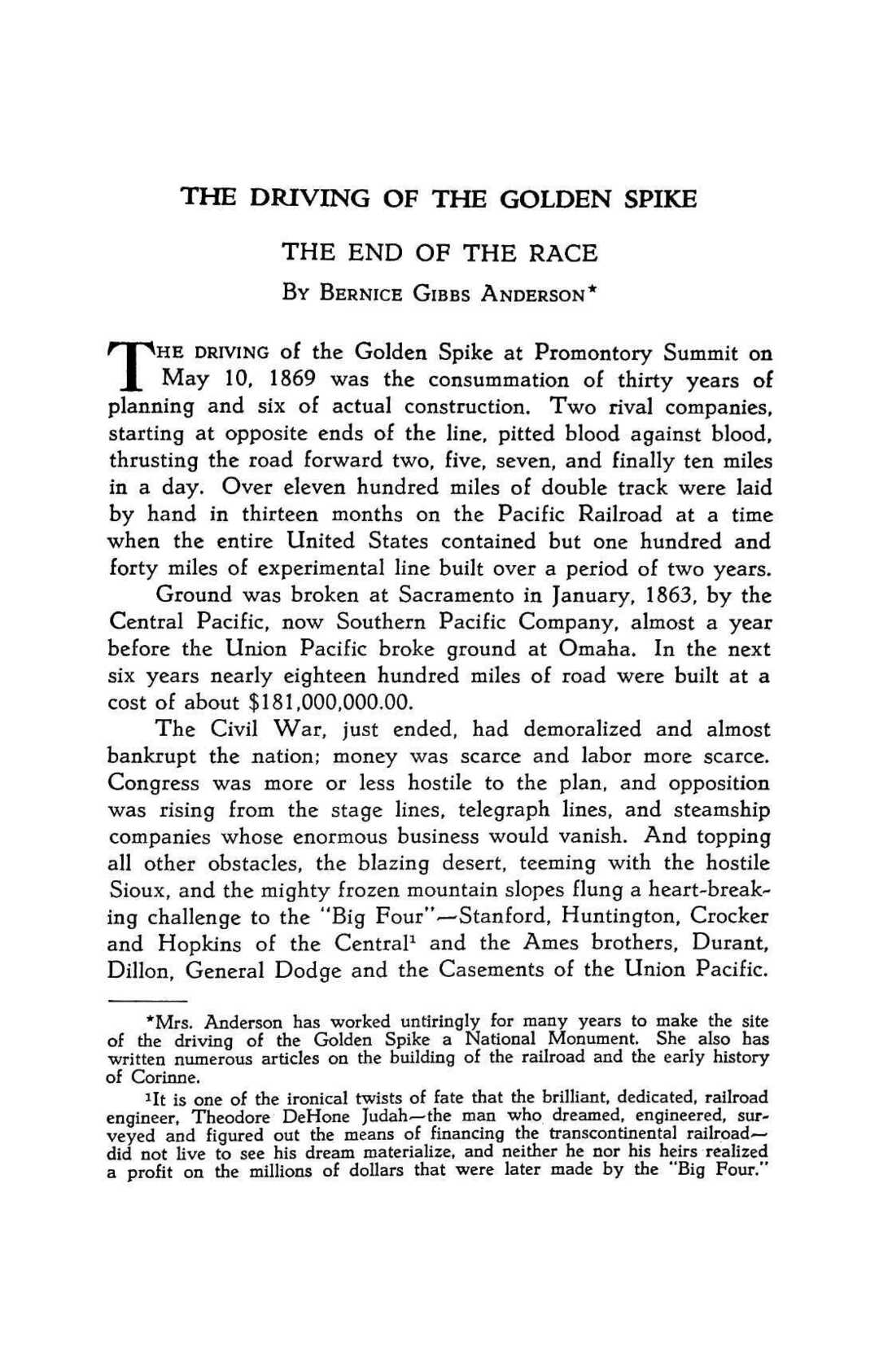T H E P A S S I N G OF T H E S T R E E T C A R B Y C. W .
MCCULLOUGH*
O
N May 31, 1941, the last streetcar to operate over Salt Lake City tracks made its final run. Tracks were torn up and right-of-ways repaved. Thus closed an era of urban transportation of great local and national significance, one that Utahans may well consider with pride. Although many of our younger generation have never seen a Salt Lake City streetcar, there is alive today another not insignificant age group who experienced the thrill of riding the first cars to operate on the streets of Utah's capital city. These latter saw the horsecar born in 1872 and saw it die with the introduction of electric trolley cars in 1889. They have lived to see these replaced by pneumatic-tired trolley buses and finally our presentday motor buses. Thus, the lifespan of a single generation of man has been greater than four generations of traction service and development. To the oldsters of Salt Lake City the history of mass passenger transportation is a page out of the book of their lives. But to oncoming youth, the scrapping of outmoded rails and trolley poles and the healing of pavement scars conveys small hint of the drama of the trolley car's heyday and its earlier progenitor powered by horses and mules. So to the old who remember and the young who accept modern traction service as a matter of course, this brief retrospect is dedicated. In common with the instigation of streetcar service throughout the world, Salt Lake City's first streetcars were dependent upon animal traction. For seventeen years, from 1872 to 1889, the lowly mule served as "horsepower" to operate the system that included some fourteen miles of track and a total complement of twenty-one cars. This was a one-street line, and a ten cent fare was charged. *Mr. McCullough is safety engineer for the United Park City Mines Company in Park City, Utah, and is the author of numerous articles on western subjects.




















